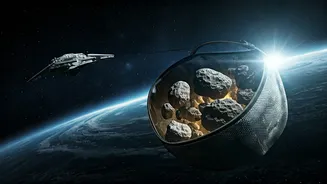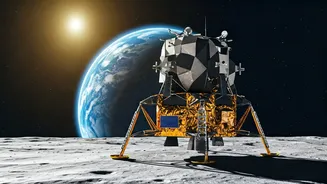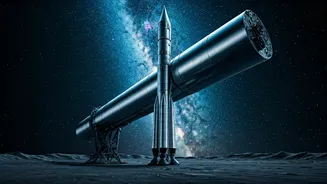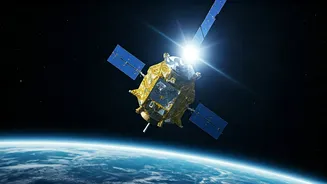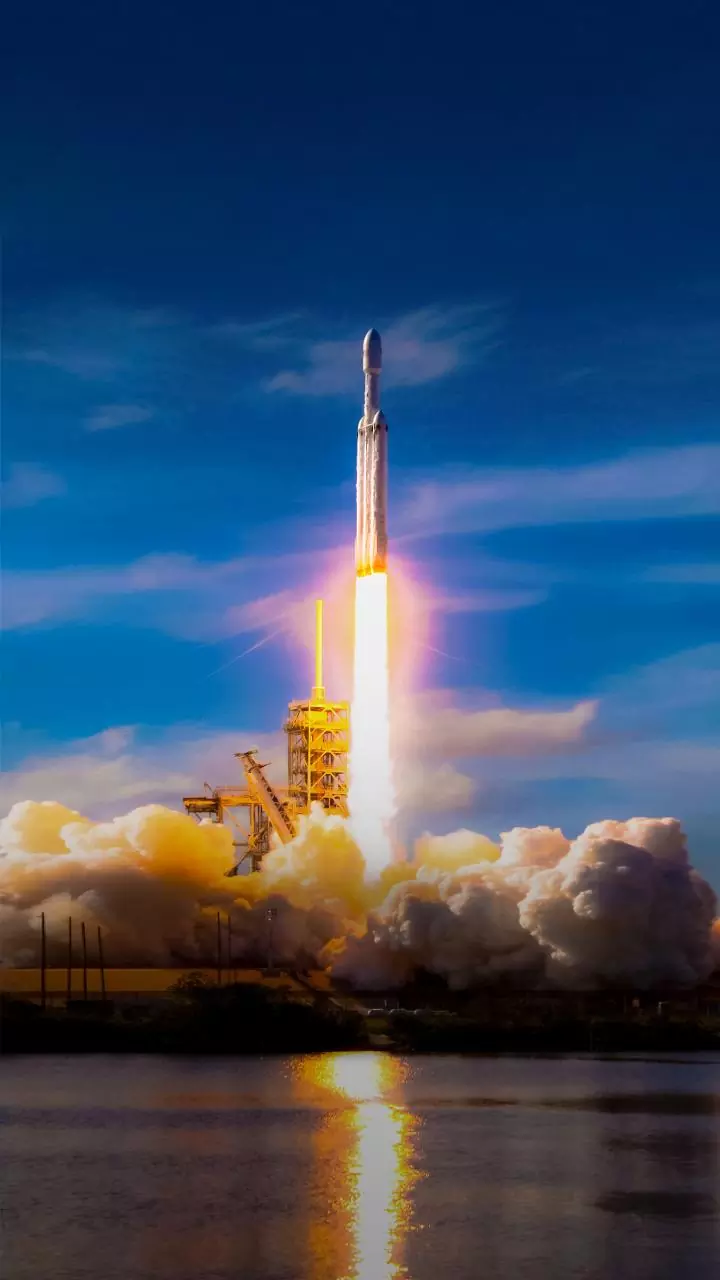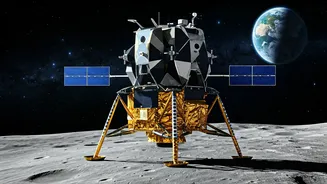Asteroid Grabbing, Simplified
The concept of 'capture bags' represents a significant shift in how we approach asteroid capture. Unlike earlier ideas that involved complex mechanisms
or direct physical contact, capture bags use a more gentle and encompassing approach. These specialized bags are designed to envelop an asteroid, effectively trapping it without the need for aggressive maneuvers. This method minimizes the risk of damaging the asteroid and potentially altering its trajectory in unpredictable ways. The bags are constructed from lightweight, yet strong materials that can withstand the harsh conditions of space and are designed to conform to the irregular shapes of asteroids. This flexible design is a key advantage, allowing capture of a variety of asteroid shapes and sizes.
Bag Design and Deployment
The design of capture bags is a feat of engineering, with each component carefully chosen for its specific role. These bags are typically deployed from a spacecraft, gradually expanding to surround the target asteroid. The bags often incorporate a 'capture mechanism' that ensures the asteroid is securely contained. This mechanism can vary depending on the specific design, but common features include interlocking elements, drawstring-like closures, or even specialized adhesives designed for the space environment. Once the asteroid is safely inside, the bag can be sealed, creating a contained environment. The spacecraft then uses thrusters to slowly and steadily alter the combined object's trajectory. This process helps scientists to move the asteroid where it can be studied.
Applications of the Tech
The potential applications of capture bags extend beyond simple asteroid capture. One major area of interest is resource utilization. Asteroids are rich in valuable materials, including water, minerals, and metals. By capturing these celestial bodies, scientists and engineers could access these resources, potentially supporting future space exploration missions or even industrial activities in space. Capture bags could also be used for scientific research. By bringing asteroids back to Earth or studying them in near-Earth orbit, scientists can gain valuable insights into the formation of the solar system, the composition of asteroids, and the potential for life beyond Earth. Another exciting application is planetary defense. Should an asteroid be on a collision course with Earth, capture bags could be deployed to divert it.
Advantages of Capture Bags
Capture bags provide several advantages over other asteroid capture methods. They are relatively gentle, reducing the risk of damaging the asteroid. Their flexible design allows for the capture of a wide range of asteroid shapes and sizes, which increases their versatility. Furthermore, the technology is modular and scalable, which allows for future innovation and adaptation to different mission requirements. Compared to methods requiring direct physical contact or complex gripping mechanisms, capture bags are potentially simpler to deploy and operate. The containment offered by the bag also provides a safer environment for handling and transporting the asteroid, minimizing the risk of contamination or material loss during transit. Overall, the technology promises a new era of asteroid capture and space resource management.
Future Developments & Prospects
The technology of capture bags is still in its early stages. Future developments will focus on improving bag materials, capture mechanisms, and deployment systems. Researchers are working on lighter, stronger materials that can withstand the rigors of space. Improved capture mechanisms will enhance the security of the contained asteroid and ensure it is not damaged in the process. More sophisticated deployment systems could allow capture bags to be deployed from a distance, reducing the need for close proximity to the asteroid. As the technology matures, capture bags are poised to play a crucial role in future space exploration and resource utilization. With continued investment and research, capture bags will evolve, providing new opportunities to understand and utilize the resources of the solar system.
